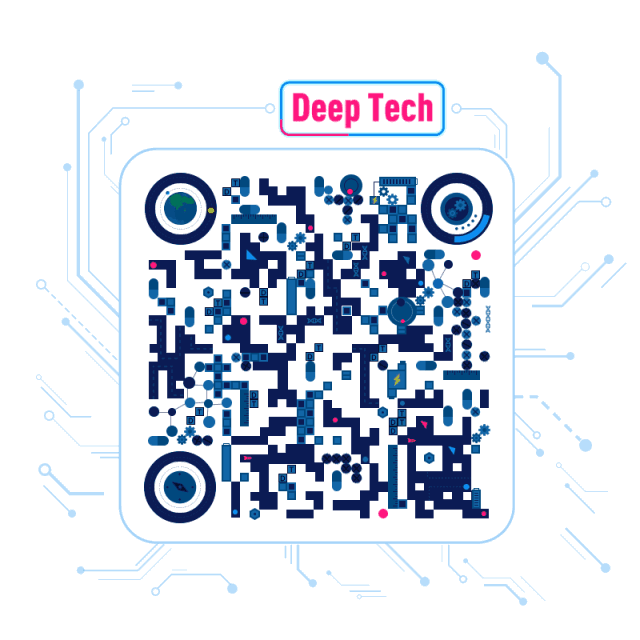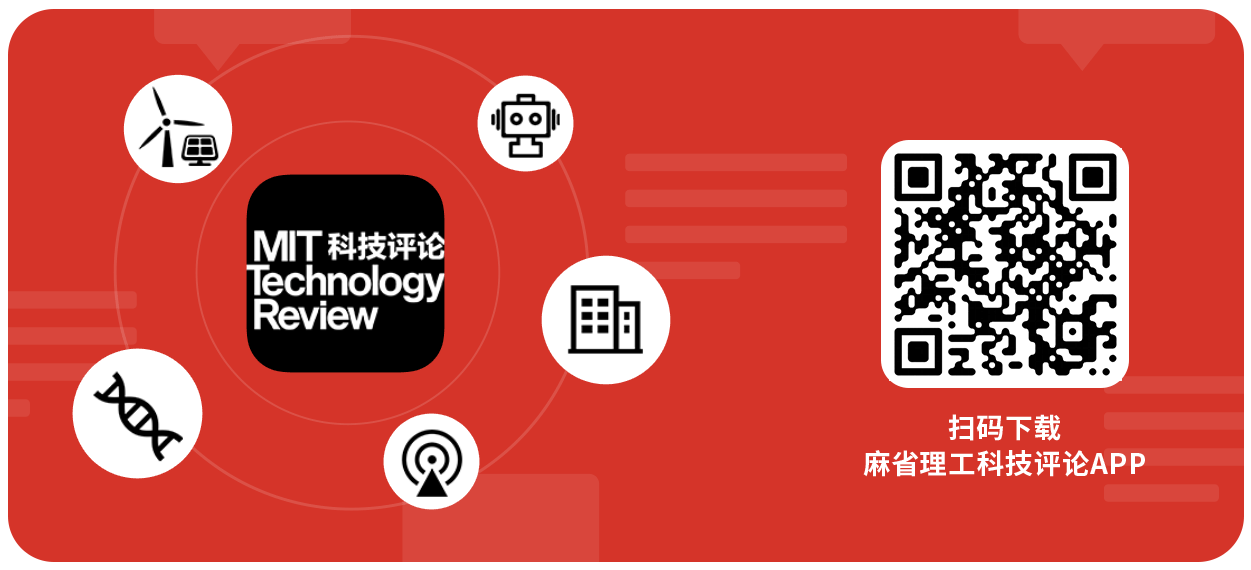
Editor’s Note:
Since the birth of sensors, they have been embedded and applied in various products and technologies, becoming an indispensable component of terminal devices. Over time, with the development of the Internet era, although sensors have begun to integrate with the Internet of Things (IoT), forming intelligent collaborative parts, the public suddenly discovered that the sensor market is still small-scale, without major brands, and to a large extent relies on imports. At the recently concluded 2019 Chongqing Intelligent Expo Sensor and IoT Summit Forum, several experts collectively offered advice to discuss the changes in the sensor industry. This article will review the history and current status of sensor development from both technical and industrial perspectives, and through interviews and discussions with experts, analyze future industry trends in this field, hoping to help more people understand the sensing field and gain more knowledge about industrial sensors.Technology expands the circle of human capabilities. If machinery extends human physical strength and computers extend human intelligence, then ubiquitous sensors greatly extend human perception. Sensors are not a new term like KOC, but a very traditional and commonly used term that can easily be found in the Xinhua Dictionary. In English, it is called Sensor or Transducer. The definition of “sensor” in the New Webster’s Dictionary is: “a device that receives power from one system and typically sends power to a second system in another form.” According to this definition, the role of a sensor is to convert one form of energy into another, so many scholars also refer to “sensor” as “transducer.” In simple terms, a sensor is a detecting device that usually consists of a sensitive element and a conversion element, capable of measuring information and allowing users to perceive information.By changing the way, data or valuable information in the sensor is converted into electrical signals or other required output forms to meet the requirements of information transmission, processing, storage, display, recording, and control.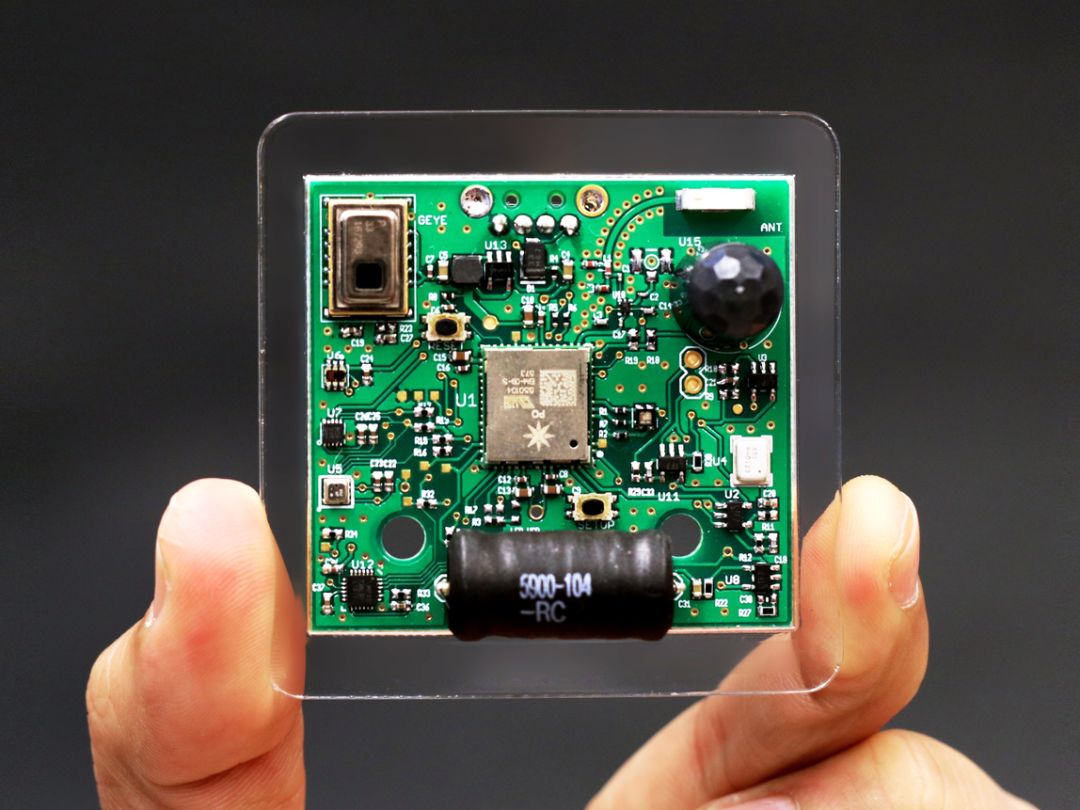 Figure | Sensor (Source: Gierad Official)In fact, sensors have always existed in your life, from remote controls, desk lamps, and mobile phone buttons to televisions, boiler detection, power grid transmission, and medical equipment diagnosis, covering various scenarios. It can also be said that sensing technology and sensors are an indispensable part of products. From a technical and application type perspective, sensors are divided into temperature, pressure, ultrasonic, flow, resistance, image sensors, etc.; from a disciplinary perspective, they include sound, light, electricity, etc. Sensors are also divided into chemical, physical, and biological sensors; from an industrial layout perspective, they are divided into consumer-grade, automotive electronics, industrial-grade, and medical sensors. Since the first thermostat was launched globally in 1883, sensors have existed in various forms for a considerable period. With the continuous advancement of IoT and AI technologies, intelligent sensors have been pushed into the market, widely applied in IoT technology projects. As a benchmark list of the technology industry, related sensing technologies have been mentioned multiple times in the “MIT Technology Review” TR10 (Top 10 Breakthrough Technologies) last year and this year, with “Sensing City” being one of the most representative breakthrough technologies. DeepTech mentioned that integrating a large number of intelligent sensors into the entire urban scene is like equipping it with new digital limbs and senses, enabling everything to be interconnected, perceptible, and controllable, with city operations taken over by a powerful AI.Currently, sensing technology is still widely used in related product implementation and urban planning.
Figure | Sensor (Source: Gierad Official)In fact, sensors have always existed in your life, from remote controls, desk lamps, and mobile phone buttons to televisions, boiler detection, power grid transmission, and medical equipment diagnosis, covering various scenarios. It can also be said that sensing technology and sensors are an indispensable part of products. From a technical and application type perspective, sensors are divided into temperature, pressure, ultrasonic, flow, resistance, image sensors, etc.; from a disciplinary perspective, they include sound, light, electricity, etc. Sensors are also divided into chemical, physical, and biological sensors; from an industrial layout perspective, they are divided into consumer-grade, automotive electronics, industrial-grade, and medical sensors. Since the first thermostat was launched globally in 1883, sensors have existed in various forms for a considerable period. With the continuous advancement of IoT and AI technologies, intelligent sensors have been pushed into the market, widely applied in IoT technology projects. As a benchmark list of the technology industry, related sensing technologies have been mentioned multiple times in the “MIT Technology Review” TR10 (Top 10 Breakthrough Technologies) last year and this year, with “Sensing City” being one of the most representative breakthrough technologies. DeepTech mentioned that integrating a large number of intelligent sensors into the entire urban scene is like equipping it with new digital limbs and senses, enabling everything to be interconnected, perceptible, and controllable, with city operations taken over by a powerful AI.Currently, sensing technology is still widely used in related product implementation and urban planning. Figure | New Technology of “Sensing City” (Source: DeepTech)Of course, sensors still face other severe challenges. Due to high investment costs, compared to Europe and the United States, some sensors and sensing technologies in China are still relatively backward. Yang Xueshan, former vice minister of the Ministry of Industry and Information Technology and honorary chairman of the China Sensor and IoT Industry Alliance, stated in a speech that although sensing technology is continuously improving, the late start of the sensor industry in China and the lack of outstanding talents have led to China’s sensors and sensing technologies still relying on imports. China’s independent technological innovation and high-end sensor products are still blank. This article will review the history and current status of sensor development from both technical and industrial perspectives and analyze some future trends.
Figure | New Technology of “Sensing City” (Source: DeepTech)Of course, sensors still face other severe challenges. Due to high investment costs, compared to Europe and the United States, some sensors and sensing technologies in China are still relatively backward. Yang Xueshan, former vice minister of the Ministry of Industry and Information Technology and honorary chairman of the China Sensor and IoT Industry Alliance, stated in a speech that although sensing technology is continuously improving, the late start of the sensor industry in China and the lack of outstanding talents have led to China’s sensors and sensing technologies still relying on imports. China’s independent technological innovation and high-end sensor products are still blank. This article will review the history and current status of sensor development from both technical and industrial perspectives and analyze some future trends.
History of Sensors and Sensing Technology

In 1883, the world’s first thermostat was officially launched, created by an inventor named Warren S. Johnson. This thermostat could maintain the temperature with a certain degree of accuracy by utilizing sensors and sensing technology, which was considered a remarkable technology at that time.
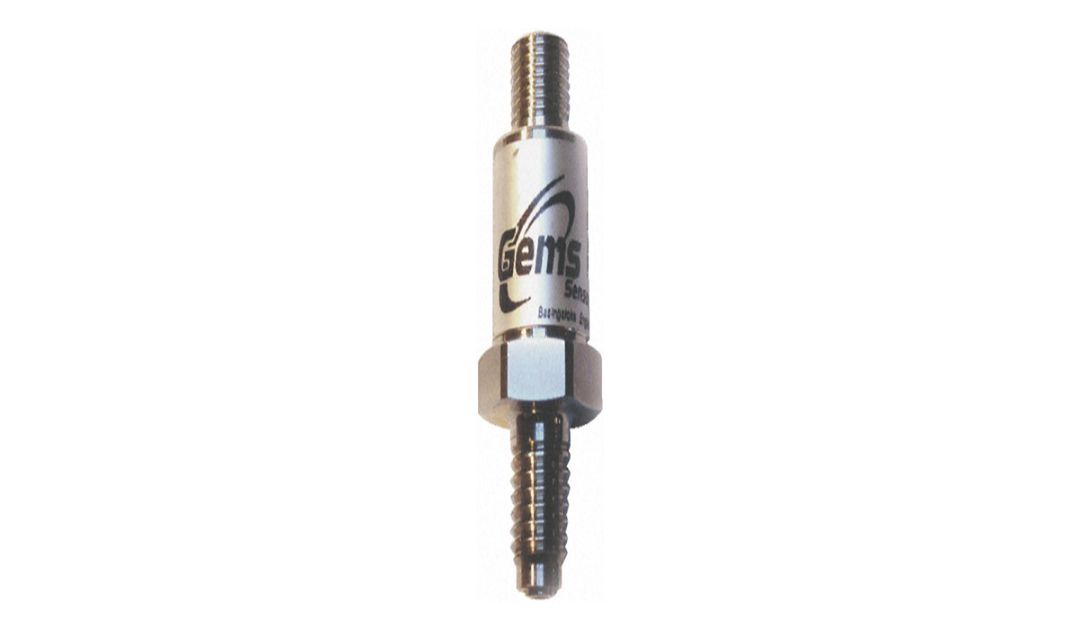 Figure | The World’s First Thermostat (Source: what-is-a-sensor website)By the late 1940s, the first infrared sensor was born. Subsequently, numerous sensors were continuously developed, and now there are approximately 35,000 types of sensors globally, with a wide variety of uses, indicating that we are currently in a very hot period for sensors and sensing technology. In 1987, ADI (Analog Devices) began investing in new sensor research and development. This type of sensor is different from others and is called MEMS sensor, which is a new type of sensor manufactured using microelectronics and micromechanical processing technologies. Compared to traditional sensors, it is characterized by small size, light weight, low cost, low power consumption, high reliability, suitability for mass production, and ease of integration and intelligence. ADI was one of the earliest companies to engage in MEMS research and development. In 1991, ADI released the industry’s first High-g MEMS device, primarily used for automotive airbag collision detection. Subsequently, numerous MEMS sensors were widely developed for use in mobile phones, lamps, water temperature detection, and other precision instruments. By 2010, approximately 600 units worldwide were engaged in the research and production of MEMS. With the explosion of cloud computing, 5G, big data, AI technologies, and IoT technologies, intelligent sensors and intelligent sensing technologies have gradually gained attention, with many wearable devices containing various biological and environmental intelligent sensors to collect human and environmental parameters, achieving management of the wearer’s motion and health, and their higher precision making the devices more reliable.
Figure | The World’s First Thermostat (Source: what-is-a-sensor website)By the late 1940s, the first infrared sensor was born. Subsequently, numerous sensors were continuously developed, and now there are approximately 35,000 types of sensors globally, with a wide variety of uses, indicating that we are currently in a very hot period for sensors and sensing technology. In 1987, ADI (Analog Devices) began investing in new sensor research and development. This type of sensor is different from others and is called MEMS sensor, which is a new type of sensor manufactured using microelectronics and micromechanical processing technologies. Compared to traditional sensors, it is characterized by small size, light weight, low cost, low power consumption, high reliability, suitability for mass production, and ease of integration and intelligence. ADI was one of the earliest companies to engage in MEMS research and development. In 1991, ADI released the industry’s first High-g MEMS device, primarily used for automotive airbag collision detection. Subsequently, numerous MEMS sensors were widely developed for use in mobile phones, lamps, water temperature detection, and other precision instruments. By 2010, approximately 600 units worldwide were engaged in the research and production of MEMS. With the explosion of cloud computing, 5G, big data, AI technologies, and IoT technologies, intelligent sensors and intelligent sensing technologies have gradually gained attention, with many wearable devices containing various biological and environmental intelligent sensors to collect human and environmental parameters, achieving management of the wearer’s motion and health, and their higher precision making the devices more reliable.
Current Status and Future Trends of Sensors
Currently, consumer-grade sensing products have flooded the market, and consumers can see and touch them. It can even be said that consumer-grade sensors are now well-known, and everyone can feel the presence of sensors everywhere. In the upcoming Google Pixel 4 phone, it will be equipped with new radar detection and gesture control, which requires consumer-grade sensors in conjunction with professional sensing technologies. The Face ID feature on the iPhone X is also achieved through multiple sensors sensing and transmitting information to the chip or system. On August 24, during the 2019 China Intelligent Expo Sensor and IoT Summit Forum held in Chongqing, Shi Denian, deputy chief engineer of the China Academy of Information and Communications Technology, mentioned in his keynote speech that in the global MEMS sensor market structure, consumer electronics account for more than 45% of the share, and in the future, sensors will also play a more important role in new scenarios such as 3D maps and virtual reality through mobile devices. In the automotive electronics sector, an average of 10 sensors are included in each vehicle globally, while high-end vehicles use approximately 25 to 40 MEMS sensors. Gu Rongxiang, deputy secretary-general of the China Sensor and IoT Industry Alliance, stated in an interview with DeepTech that automotive sensors are relatively large in industrial applications. Compared to abroad, there is indeed a significant gap in terms of scale, automotive historical development, pricing, and branding. However, China’s innovation motivation is strong, and the technological gap is not significant. In the future, as automotive intelligence further develops, the application of sensors will become more widespread. In addition to consumer-grade sensors, what is most noteworthy is the development status of the industrial intelligent sensor industry. Compared to consumer electronics, industrial sensors have higher requirements for stability, precision, and operational safety.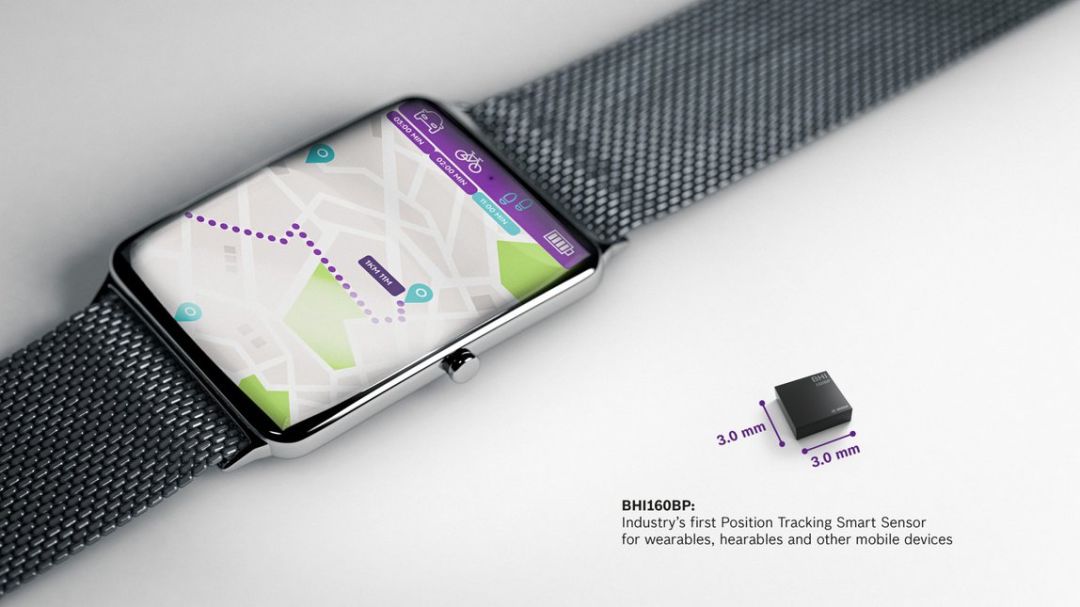 Figure | MEMS Sensor (Source: Electronicproducts)According to statistics from Qianzhan Economic Research Institute, as of 2017, there were approximately 135 companies in China’s MEMS sensor manufacturing industry. In terms of industrial capacity, most belong to small and medium-sized start-ups with weak supply capabilities. In addition, these companies face management issues, insufficient funding, weak research capabilities, and a lack of ability to attract high-tech talents, resulting in weak technical capabilities. Currently, in the global sensor manufacturing supply chain, including research and development, design, manufacturing, packaging, testing, software, system applications, etc., due to various reasons, there is a high reliance on imports in industrial sensors. From research and development to design, there is still a need for significant investment and talent supply, while many sensor manufacturing companies start from manufacturing, doing similar OEM work. Whether from a capital perspective or the talent pool of the entire industry, this field remains small. The technical barriers of sensors are high, the development cycle is long, and social capital regards sensor chip projects as high-risk, leading to a lack of long-term investment in core technologies, slow industrial development, and ultimately reliance on imported sources for manufacturing or processing sensor products that flow into the Chinese market.However, with the intensification of Sino-U.S. relations and the implementation of the “13th Five-Year Plan for National Strategic Emerging Industry Development,” the sensor industry has gradually begun to receive attention. In 2013, the Ministry of Industry and Information Technology, the Ministry of Science and Technology, and other four ministries formulated the “Action Plan for Accelerating the Development of Sensors and Intelligent Instruments Industry,” stating that it is currently a critical period for the rapid development of China’s sensor and intelligent instruments industry. For the future development of enterprises, the state will encourage, support, and cultivate leading enterprises with an output value of over 1 billion yuan and innovative enterprises with an output value of over 50 million yuan that are “small but specialized, specialized but strong.” Yang Jing, deputy director of the Sensor Center of China Electronics Technology Group Chongqing Optoelectronics Co., Ltd., also mentioned in an exclusive interview that China’s sensor industry is still influenced by policy. He believes that the state should provide targeted support for some high-end new materials, new processes, and new technologies, including the blank areas of the domestic sensor industry, which still have a large market.
Figure | MEMS Sensor (Source: Electronicproducts)According to statistics from Qianzhan Economic Research Institute, as of 2017, there were approximately 135 companies in China’s MEMS sensor manufacturing industry. In terms of industrial capacity, most belong to small and medium-sized start-ups with weak supply capabilities. In addition, these companies face management issues, insufficient funding, weak research capabilities, and a lack of ability to attract high-tech talents, resulting in weak technical capabilities. Currently, in the global sensor manufacturing supply chain, including research and development, design, manufacturing, packaging, testing, software, system applications, etc., due to various reasons, there is a high reliance on imports in industrial sensors. From research and development to design, there is still a need for significant investment and talent supply, while many sensor manufacturing companies start from manufacturing, doing similar OEM work. Whether from a capital perspective or the talent pool of the entire industry, this field remains small. The technical barriers of sensors are high, the development cycle is long, and social capital regards sensor chip projects as high-risk, leading to a lack of long-term investment in core technologies, slow industrial development, and ultimately reliance on imported sources for manufacturing or processing sensor products that flow into the Chinese market.However, with the intensification of Sino-U.S. relations and the implementation of the “13th Five-Year Plan for National Strategic Emerging Industry Development,” the sensor industry has gradually begun to receive attention. In 2013, the Ministry of Industry and Information Technology, the Ministry of Science and Technology, and other four ministries formulated the “Action Plan for Accelerating the Development of Sensors and Intelligent Instruments Industry,” stating that it is currently a critical period for the rapid development of China’s sensor and intelligent instruments industry. For the future development of enterprises, the state will encourage, support, and cultivate leading enterprises with an output value of over 1 billion yuan and innovative enterprises with an output value of over 50 million yuan that are “small but specialized, specialized but strong.” Yang Jing, deputy director of the Sensor Center of China Electronics Technology Group Chongqing Optoelectronics Co., Ltd., also mentioned in an exclusive interview that China’s sensor industry is still influenced by policy. He believes that the state should provide targeted support for some high-end new materials, new processes, and new technologies, including the blank areas of the domestic sensor industry, which still have a large market.
The Sensor Industry Has Hope

From the perspective of technological progress and industrial development, although the sensor field is currently facing issues such as high reliance on imports and a shortage of high-tech talents, China is continuously encouraging sensor companies to grow stronger, hoping for more innovative possibilities from consumer products to industrial fields. With the development of the Internet industry, at the first Chongqing Intelligent Expo, Alibaba Group Chairman Jack Ma mentioned that 90% of manufacturing will occur on the Internet in the future. Today, China’s Internet industry has far surpassed other countries, and under the comprehensive support of IoT + 5G + AI, the sensor manufacturing industry still has a large market.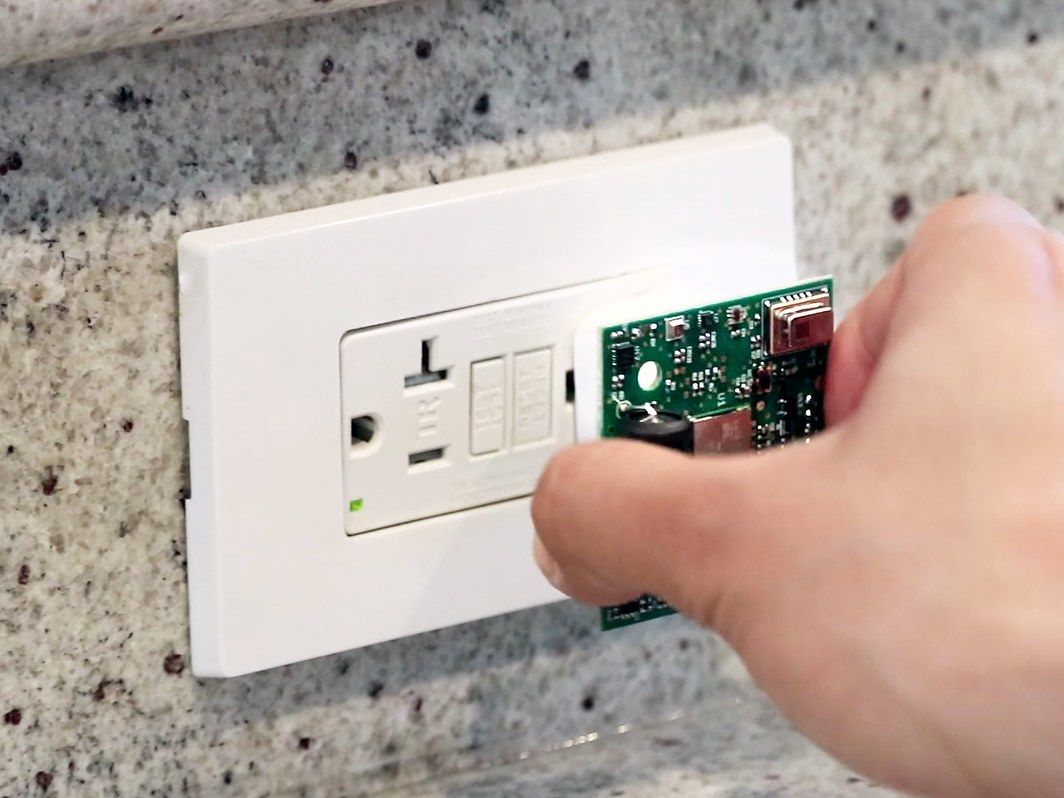 Figure | Sensor (Source: Gierad Official)It is well known that the relationship between technology and industry needs to form a good positive iterative effect; the more landing scenarios there are, the more products will be manufactured, and the industry will become larger, and the development of the sensor industry is no exception. With the continuous development of IoT technology, how the sensor industry will develop in the future and how the government will attract sensor industry parks to land are still topics that need continuous exploration. Wu Peng of China SiLian Instrument Group Co., Ltd. mentioned in an interview that he hopes the state will have some better planning and supportive policies to boost the entire industrial chain, and for future development, everyone should work harder to leverage their main advantages to support IoT, and the sensor industry will improve.
Figure | Sensor (Source: Gierad Official)It is well known that the relationship between technology and industry needs to form a good positive iterative effect; the more landing scenarios there are, the more products will be manufactured, and the industry will become larger, and the development of the sensor industry is no exception. With the continuous development of IoT technology, how the sensor industry will develop in the future and how the government will attract sensor industry parks to land are still topics that need continuous exploration. Wu Peng of China SiLian Instrument Group Co., Ltd. mentioned in an interview that he hopes the state will have some better planning and supportive policies to boost the entire industrial chain, and for future development, everyone should work harder to leverage their main advantages to support IoT, and the sensor industry will improve.
-End-References:http://what-is-a-sensor.com/who-invented-the-first-sensor/https://ez.analog.com/cn/mems/f/forum/50838/adi-mems-memshttps://en.wikipedia.org/wiki/Sensorhttps://www.qianzhan.com/analyst/detail/220/181009-1640525f.htmlhttp://www.gov.cn/zhengce/content/2016-12/19/content_5150090.htmhttps://www.wired.com/2017/05/supercharged-sensor-soon-make-homes-scary-smart/

DeepTech Recruitment: Technology Editor/Journalist, Intern
Location: Beijing·Guomao
Contact: [email protected]
Please attach 3 previous works (except for interns) along with your resume.